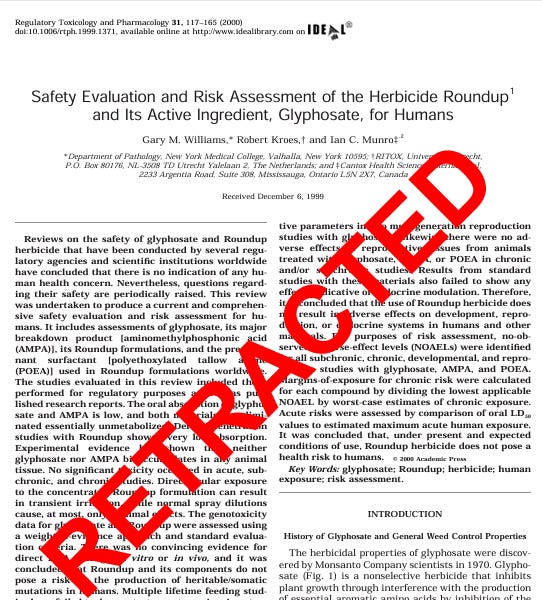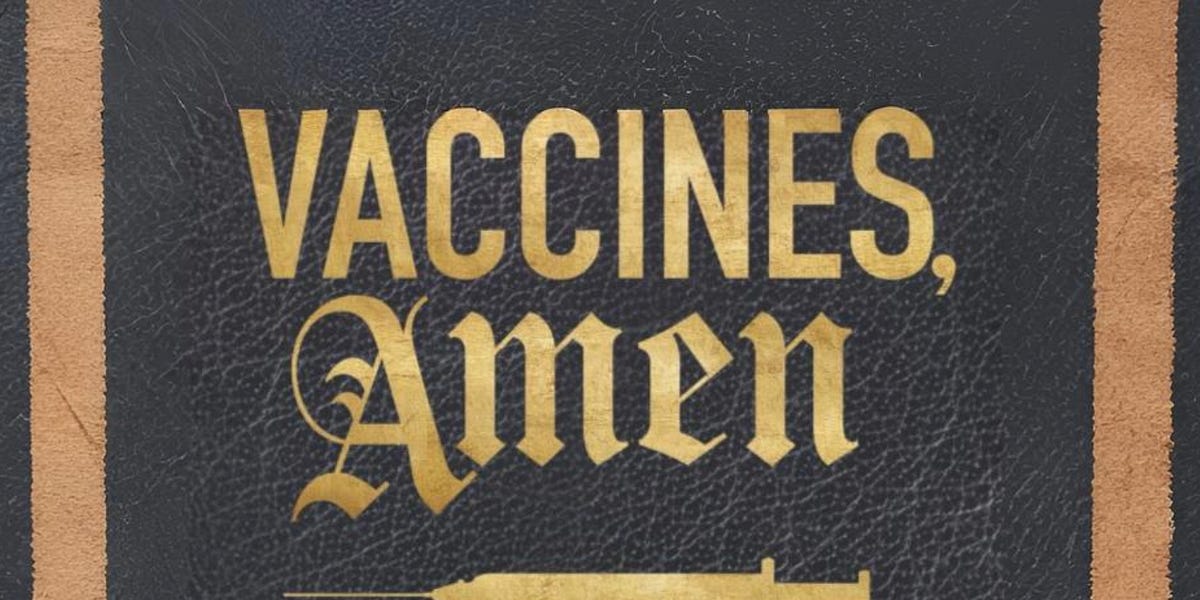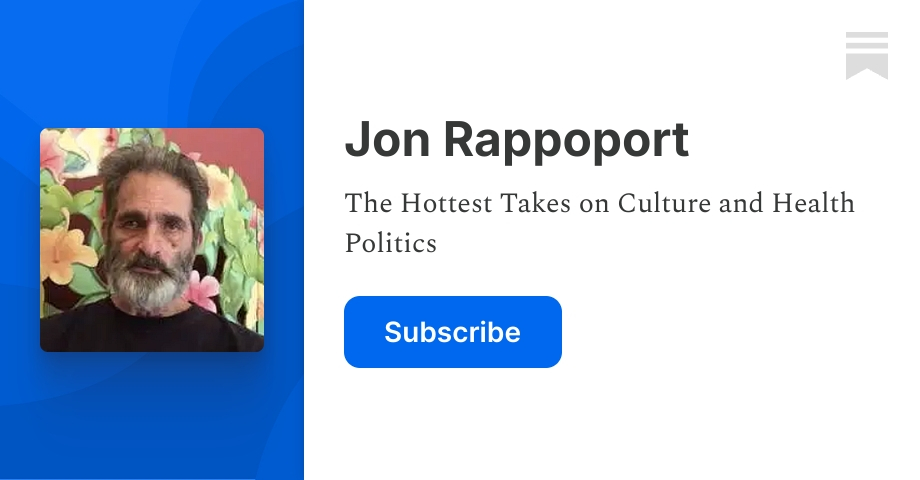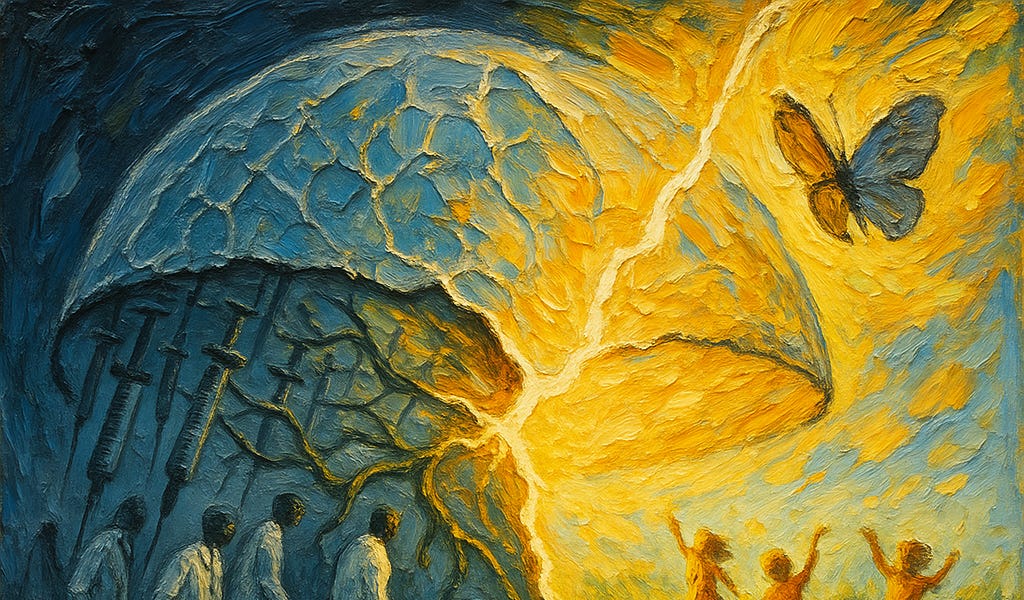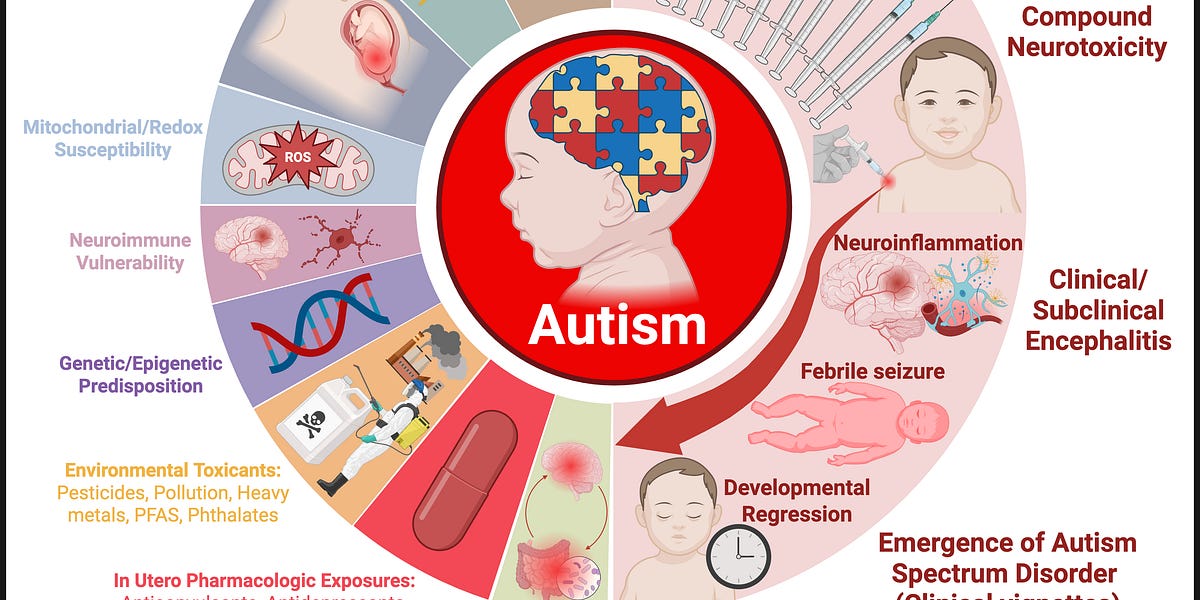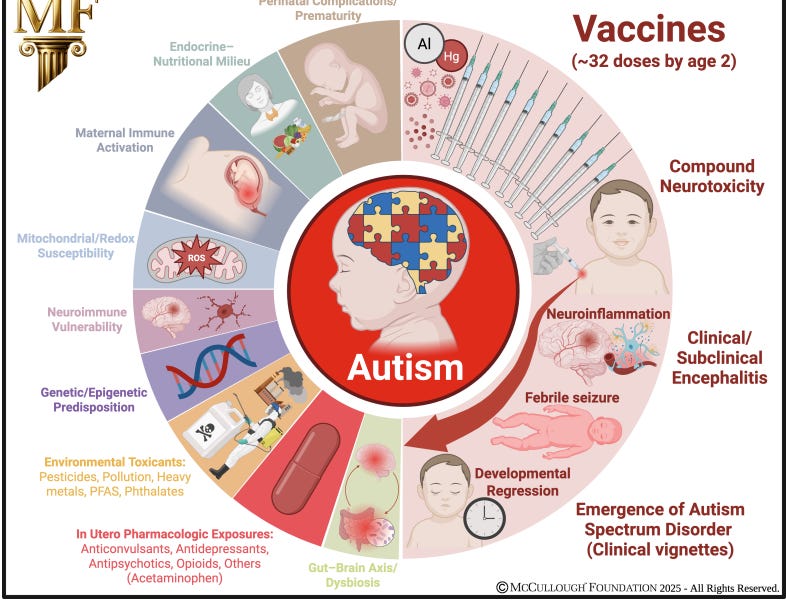How Religious Narrative Can Embed Systematic Thinking About Corruption Cycles - And How Even Wisdom Traditions Get Captured
The Mormon Framework as Wisdom Tradition
The Church of Jesus Christ of Latter-day Saints (Mormon Church) provides a compelling historical example of how systematic thinking about corruption and renewal can be embedded within religious narrative to create a durable wisdom tradition. The Mormon scriptural and cultural framework contained sophisticated analytical tools for understanding the inevitable cycles of corruption that affect all human institutions, including explicit recognition of elite collusion and institutional capture as systematic rather than aberrational phenomena.
More importantly, it also demonstrates how even institutions specifically designed to recognize and resist corruption can themselves be captured by the very dynamics they were created to identify.
The Pride Cycle: Scriptural Pattern Recognition
Central to Mormon theology is the "Pride Cycle," a recurring pattern documented throughout the Book of Mormon that describes predictable phases of societal development: righteousness → prosperity → pride → corruption → destruction → humility → righteousness. This cycle is presented not as a moral failing that can be overcome through better people or intentions, but as an inevitable consequence of human nature operating at scale.
The sophistication of this framework lies in its recognition that prosperity itself creates the conditions for corruption. Success leads to pride, which leads to inequality, which leads to institutional capture by elites, which leads to oppression of the poor, which eventually leads to social collapse or divine intervention. The cycle then begins again with the humility that follows destruction.
This represents remarkably advanced understanding of how human psychology operates in large-scale social systems. Rather than assuming that good intentions or moral education can prevent corruption, the framework treats corruption as mathematically inevitable given human nature and the dynamics of power concentration.
Secret Combinations: Institutional Capture Theory
Perhaps even more sophisticated is the Book of Mormon's concept of "secret combinations" - organized groups of elites who conspire to gain power and wealth through manipulation of legal and political systems. These are not presented as occasional aberrations or the work of uniquely evil individuals, but as inevitable emergent phenomena that arise whenever human societies reach sufficient complexity and wealth concentration.
The scriptural narrative describes how secret combinations operate through:
- Legal capture: Manipulating laws and courts to serve elite interests while maintaining appearance of legitimacy
- Economic control: Concentrating wealth and using it to influence political outcomes
- Information management: Controlling narratives to make exploitation appear beneficial or necessary
- Institutional infiltration: Placing members in positions of authority across multiple institutions
- Social legitimation: Using cultural and religious institutions to justify inequality and elite privilege
This framework explicitly recognizes that such combinations will inevitably emerge and that their success depends not on force but on their ability to make their exploitation feel legitimate and beneficial to the broader population. The analysis anticipates many insights of modern political economy about regulatory capture, elite networks, and the manufacture of consent.
Constitutional Veneration and Structural Wisdom
Mormon culture developed an intense reverence for the United States Constitution, viewing it as divinely inspired. This wasn't mere patriotism but recognition that the founders had created structural constraints on human nature that aligned with scriptural understanding of corruption cycles. The Constitution's separation of powers, checks and balances, and federalism were seen as inspired solutions to the problem of inevitable elite capture.
This constitutional veneration represented sophisticated appreciation for the founders' model of structural constraints rather than reliance on human virtue. Mormon culture understood that the Constitution worked not because it made people good, but because it assumed people would be bad and created systems to limit the damage of that badness.
The Mormon framework thus combined scriptural recognition of inevitable corruption cycles with practical appreciation for structural mechanisms that could slow or limit those cycles. This synthesis of religious wisdom tradition with constitutional structural thinking created a remarkably robust analytical framework.
Religious Narrative as Preservation Mechanism
The genius of embedding this systematic thinking within religious narrative lies in the preservation advantages that religious frameworks provide:
Sacred Authority: Analytical insights become part of divine revelation rather than human opinion, making them more resistant to cultural pressure and intellectual fashion.
Generational Transmission: Parents teach children these frameworks as religious duty, ensuring transmission across generations even when the insights are socially uncomfortable.
Community Reinforcement: Shared religious identity creates communities that reinforce systematic thinking rather than individuals having to maintain it in isolation.
Meaning Integration: The frameworks become part of personal identity and spiritual meaning-making rather than abstract intellectual exercises.
Crisis Preparation: Religious narrative makes preparation for inevitable corruption feel spiritually necessary rather than paranoid or cynical.
Historical Continuity: Religious institutions can maintain analytical frameworks across centuries and cultural changes that might otherwise cause them to be forgotten or abandoned.
The Institutional Capture Process: Specific Examples
The Mormon example also illustrates the fundamental challenge facing all wisdom traditions: they themselves can be captured by the same dynamics they're designed to recognize. The LDS Church's evolution from a radical, countercultural movement that challenged existing power structures to a wealthy, institutionally respectable organization that often supports those same structures can be traced through specific, observable changes that demonstrate the capture process in action.
The Steven Jones Case (2006): Dr. Steven Jones, a BYU physics professor, applied scientific methodology to analyze dust samples from the World Trade Center collapse, raising questions about the official 9/11 narrative based on physical evidence. Rather than supporting academic inquiry into potential systematic deception - exactly the kind of investigation the "secret combinations" framework would encourage - the university pressured Jones into early retirement. An institution founded on the premise that elite groups conspire to manipulate public understanding couldn't tolerate actual investigation of potential conspiracy.
Scriptural Reinterpretation (Ongoing): The church began reinterpreting Pauline teachings about gender roles and family structure to align with contemporary social pressures rather than maintaining scriptural positions that might be culturally uncomfortable. This represents exactly the kind of cultural accommodation that the original Mormon framework warned against as a sign of institutional corruption - abandoning revealed principles to maintain social respectability.
The Handbook Change on "Conspiracy Theories" (2020): Perhaps most revealing, the church's General Handbook of Instructions was updated to specifically warn members against "conspiracy theories" and encourage them to rely on "credible sources" for information. An institution founded on the premise that secret combinations inevitably emerge to manipulate legal, political, and information systems now officially discourages members from recognizing such patterns. The irony is staggering - it's like a fire department banning fire detection equipment.
The First Presidency COVID Letter (2021): The church's highest governing body issued a letter signed by the full First Presidency - a form of communication that members are taught to recognize as revelation - declaring that COVID vaccines were "safe and effective" and encouraging all members to receive them. This occurred before long-term safety data was available and without any independent church analysis of the pharmaceutical products being endorsed. Members trained to view First Presidency letters as divine guidance were essentially told that questioning corporate/government health claims was spiritually inappropriate.
The Systematic Pattern of Capture
Each example demonstrates the same dynamic: the institution that once provided analytical tools for recognizing elite collusion now actively discourages such analysis and punishes those who engage in it. The framework that warned about secret combinations manipulating information and institutions was abandoned precisely when such manipulation became most sophisticated and pervasive.
Academic Suppression: Punishing scholarly investigation of potential systematic deception (Jones case)
Scriptural Accommodation: Abandoning revealed principles to maintain cultural acceptability (Pauline reinterpretation)
Analytical Prohibition: Officially discouraging the pattern recognition the institution was founded to promote (handbook changes)
Authority Capture: Using the highest form of institutional authority to endorse external claims without independent analysis (COVID letter)
The Dilution of Analytical Framework
Contemporary Mormon culture has largely lost the systematic analytical capabilities that once made it a powerful wisdom tradition. The Pride Cycle is still taught but often as abstract historical pattern rather than analytical tool for understanding contemporary systems. Secret combinations are acknowledged as historical phenomena but rarely applied to analyze current institutional arrangements.
The constitutional veneration remains but has become more cultural symbol than analytical framework. Many contemporary Mormons express reverence for the Constitution while supporting policies and institutions that the original Mormon analytical framework would have recognized as examples of the very corruption patterns the Constitution was designed to prevent.
This dilution occurred not through conscious abandonment but through the same psychological mechanisms that enable willful blindness in other contexts. As the church became more successful and integrated, maintaining the analytical frameworks that had originally enabled that success became psychologically and socially uncomfortable.
The Ultimate Irony: Predicted Self-Capture
The most devastating aspect of the Mormon case study is that the original framework predicted its own institutional capture. The Pride Cycle explicitly describes how prosperity leads to pride, which leads to corruption, which leads to the abandonment of founding principles. The secret combinations concept explains how elite groups infiltrate and co-opt institutions that might otherwise resist their influence.
Yet when this predicted capture actually occurred, the framework had been sufficiently diluted that most members couldn't recognize it happening. The institution designed to identify corruption cycles became unable to identify its own corruption. The community trained to recognize secret combinations became unable to recognize when their own institution was captured by the very dynamics it had been created to expose.
Factors Contributing to Institutional Capture
Several specific factors contributed to the Mormon Church's institutional capture:
Wealth Accumulation: As the church became financially successful (estimated assets over $100 billion), it developed interests in maintaining systems that protected its wealth and status. The institution that once challenged existing power structures became part of those structures.
Social Integration: Desire for mainstream acceptance led to softening of critiques of existing power structures and emphasis on respectability over prophetic challenge. The countercultural movement became a respectable denomination.
Bureaucratic Evolution: The church developed complex institutional structures that created their own interests in self-preservation and growth. Administrative concerns began taking precedence over analytical integrity.
Leadership Selection: The process of selecting leaders began favoring individuals who could manage large institutions and maintain good relationships with external power structures rather than those who maintained prophetic insight about corruption.
Cultural Assimilation: Mormon culture became increasingly integrated with broader American culture, diluting the distinctiveness that had preserved systematic thinking. The peculiar people became conventional people.
External Pressure: Government investigations, media criticism, and social pressure created incentives to demonstrate respectability by abandoning positions that might seem extreme or conspiratorial.
The Enforcement of Captured Thinking
The church now actively enforces the very intellectual conformity its original framework was designed to resist:
Social Pressure: Members who apply the original analytical framework to contemporary situations face social isolation and institutional disapproval.
Authority Appeals: Questions about institutional positions are deflected through appeals to leadership authority rather than analytical engagement.
Pathologization: Members who maintain systematic thinking about corruption are often viewed as spiritually immature or mentally unstable.
Information Control: Official channels discourage investigation of "conspiracy theories" while promoting trust in "credible sources" - exactly the information management the secret combinations concept warned about.
Lessons for Wisdom Tradition Design
The Mormon example provides several crucial insights for designing wisdom traditions that can resist their own institutional capture:
Distributed Preservation: Rather than concentrating wisdom preservation in single institutions, it may be more effective to distribute analytical frameworks across multiple cultural forms and institutions that can't all be captured simultaneously.
Prophetic Tension: Wisdom traditions may need to maintain deliberate tension with existing power structures rather than seeking integration and respectability. Success and acceptance may be incompatible with analytical integrity.
Analytical Application: Frameworks must be regularly applied to contemporary situations, including the institution's own behavior, rather than treated as historical curiosities or abstract principles.
Leadership Selection: Institutions preserving wisdom traditions may need selection mechanisms that prioritize analytical capability and willingness to challenge power over administrative competence or social acceptability.
Cultural Distinctiveness: Maintaining analytical frameworks may require preserving cultural distinctiveness that makes integration with corrupted systems psychologically uncomfortable.
Institutional Humility: Wisdom traditions may need built-in mechanisms for recognizing and addressing their own capture rather than assuming they can permanently resist the dynamics they analyze.
The Broader Implications
The Mormon case study demonstrates both the potential and the limitations of embedding systematic thinking about corruption within religious narrative. When functioning effectively, such frameworks can preserve sophisticated analytical capabilities across generations and provide cultural preparation for inevitable corruption cycles.
However, the same institutional success that validates the wisdom tradition's insights creates interests in abandoning the analytical frameworks that enabled that success. This suggests that wisdom traditions may need to be designed with their own renewal mechanisms - ways of periodically returning to foundational analytical insights even when doing so becomes institutionally uncomfortable.
The Mormon example also illustrates how religious narrative can make systematic thinking about exploitation feel meaningful and necessary rather than cynical or paranoid. By embedding analytical frameworks within sacred story, religious wisdom traditions can motivate the kind of sustained intellectual effort required to maintain systematic thinking across generations.
But it also shows that even the most sophisticated wisdom traditions are vulnerable to the same capture dynamics they're designed to identify. The framework that warns about secret combinations can itself be captured by secret combinations. The institution that teaches about corruption cycles can itself become corrupted.
Contemporary Relevance and the Path Forward
Understanding the Mormon framework's original analytical sophistication - and its subsequent capture - provides insights relevant to contemporary challenges. The Pride Cycle offers a framework for understanding how technological prosperity and economic growth create conditions for increasing inequality and institutional capture. The concept of secret combinations provides analytical tools for understanding how elite networks operate across institutional boundaries to maintain power while appearing legitimate.
Most importantly, the Mormon example demonstrates that it is possible to embed sophisticated systematic thinking about corruption within cultural narratives that make such thinking feel personally meaningful and socially supported. While the LDS Church may have largely lost this analytical capability, the framework itself remains available for adaptation and application.
The challenge is learning from both the successes and failures of the Mormon wisdom tradition to design cultural preservation mechanisms that can maintain analytical sophistication while resisting the institutional capture that eventually compromised the Mormon example.
This may require accepting that wisdom traditions themselves must periodically be renewed or replaced, and designing cultural mechanisms that can facilitate such renewal when it becomes necessary. It may also require distributing analytical frameworks across multiple institutions and cultural forms so that the capture of any single institution doesn't eliminate the entire tradition.
Perhaps most importantly, the Mormon case study suggests that maintaining analytical integrity may be incompatible with institutional success and social respectability. Wisdom traditions that seek to preserve systematic thinking about corruption may need to choose between analytical honesty and institutional survival - and be prepared to sacrifice the institution to preserve the wisdom when that choice becomes necessary.
The ultimate lesson may be that the frameworks themselves are more important than the institutions that carry them, and that true wisdom traditions must be willing to abandon captured institutions in favor of new vehicles that can carry the analytical insights forward to future generations.
